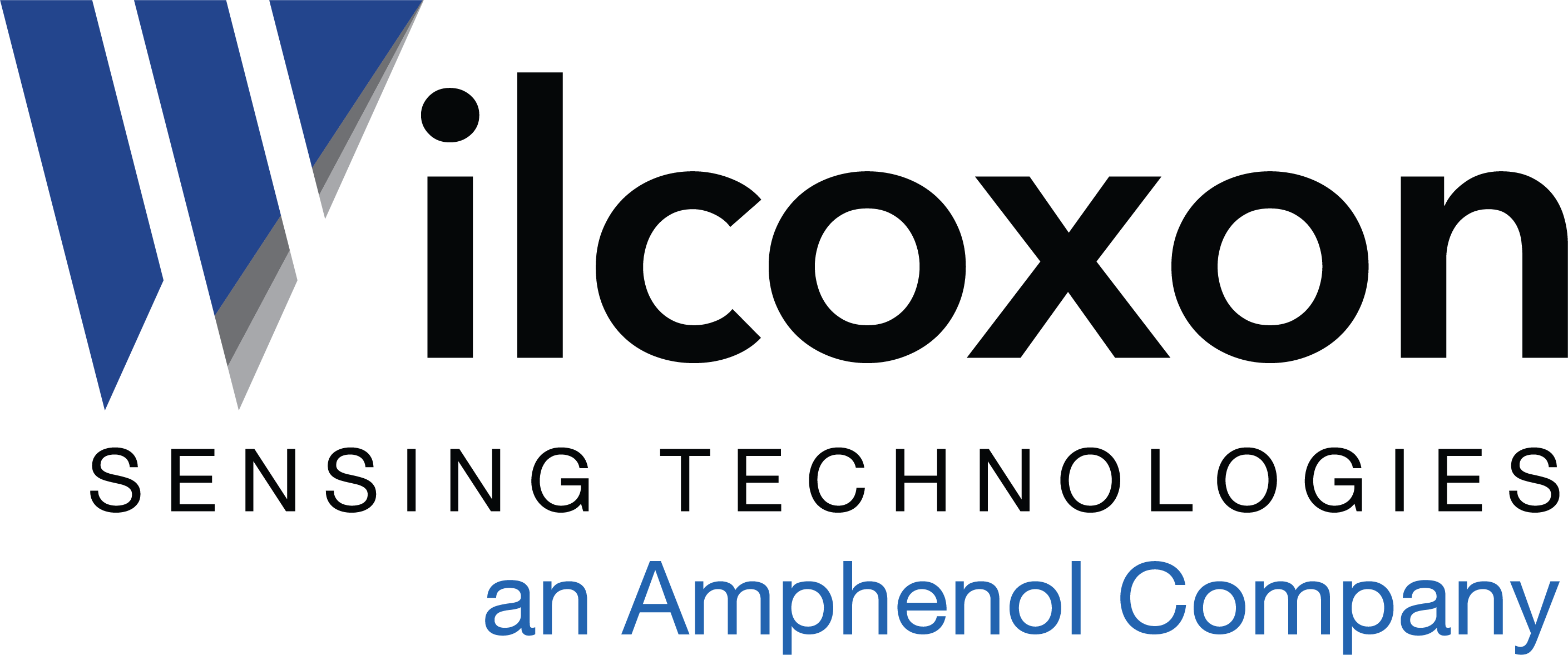
Amphenol Wilcoxon Sensing Technologies
Amphenol Wilcoxon Sensing Technologies is a leading provider of high-performance vibration monitoring and sensing solutions with a strong commitment to quality, reliability, and customer satisfaction. The company offers a wide range of sensors, transducers, and instrumentation products that cater to various industries, including aerospace, automotive, energy, industrial, and military. Their solutions enable predictive maintenance by detecting potential issues in machinery and equipment, allowing proactive measures to be taken to prevent costly failures and minimize downtime. Amphenol Wilcoxon Sensing Technologies' sensors and transducers are designed to withstand harsh environments and provide exceptional sensitivity, dynamic range, and frequency response, catering to different measurement needs and applications. In addition to their hardware offerings, the company provides advanced data analysis and diagnostic tools, such as vibration analyzers and software, to help users interpret and analyze vibration data, empowering informed decision-making and optimizing operational efficiency. By delivering reliable and accurate solutions for detecting potential issues in machinery and equipment, Amphenol Wilcoxon Sensing Technologies contributes to improved productivity, reduced maintenance costs, and enhanced overall equipment performance in a wide range of industries.
Box Components
Results:
4
Series
Type
For Use With/Related Products
Color
Material
Features
Size / Dimension
Results remaining:4
Applied Filters:
Amphenol Wilcoxon Sensing Technologies
About Box Components
Components for enclosures and boxes, known as box components, serve to expand the functionality and utility of these protective casings. They encompass a diverse array of features and elements, including drawers, mounting options, side panels, PC boards, bases, shelves, terminals, windows, plates, power entry modules, filters, DIN rails, and more. When selecting box components, various factors come into play, including the manufacturer, product series, the specific feature being added, dimensions, color, composition material, and the related products for which they are intended. By carefully considering these factors, users can tailor the enclosure to meet their unique requirements and specifications. Drawers, for instance, provide convenient storage within the enclosure, allowing for organization and easy access to tools, spare parts, or other essential items. Mounting features and side panels facilitate the installation and secure placement of internal components, optimizing the use of space within the enclosure and providing structural support. PC boards, bases, and shelves offer platforms for mounting electronic equipment and devices, enabling efficient organization and utilization of space within the enclosure. Terminals, windows, and plates contribute to the accessibility and visibility of internal components, supporting maintenance and monitoring activities. Power entry modules, filters, and DIN rails provide essential infrastructure for power distribution, electrical filtering, and component mounting, ensuring the proper functioning and integration of electrical systems within the enclosure. Each of these box components plays a vital role in expanding the capabilities and adaptability of enclosures and boxes, effectively meeting the specific needs of different applications. In summary, box components are integral in enhancing the functionality and versatility of enclosures and boxes. By considering various factors such as manufacturer, product series, features, dimensions, color, and material composition, users can select the appropriate components to customize and optimize their enclosures for specific applications, ensuring the effective protection and operation of enclosed equipment.

